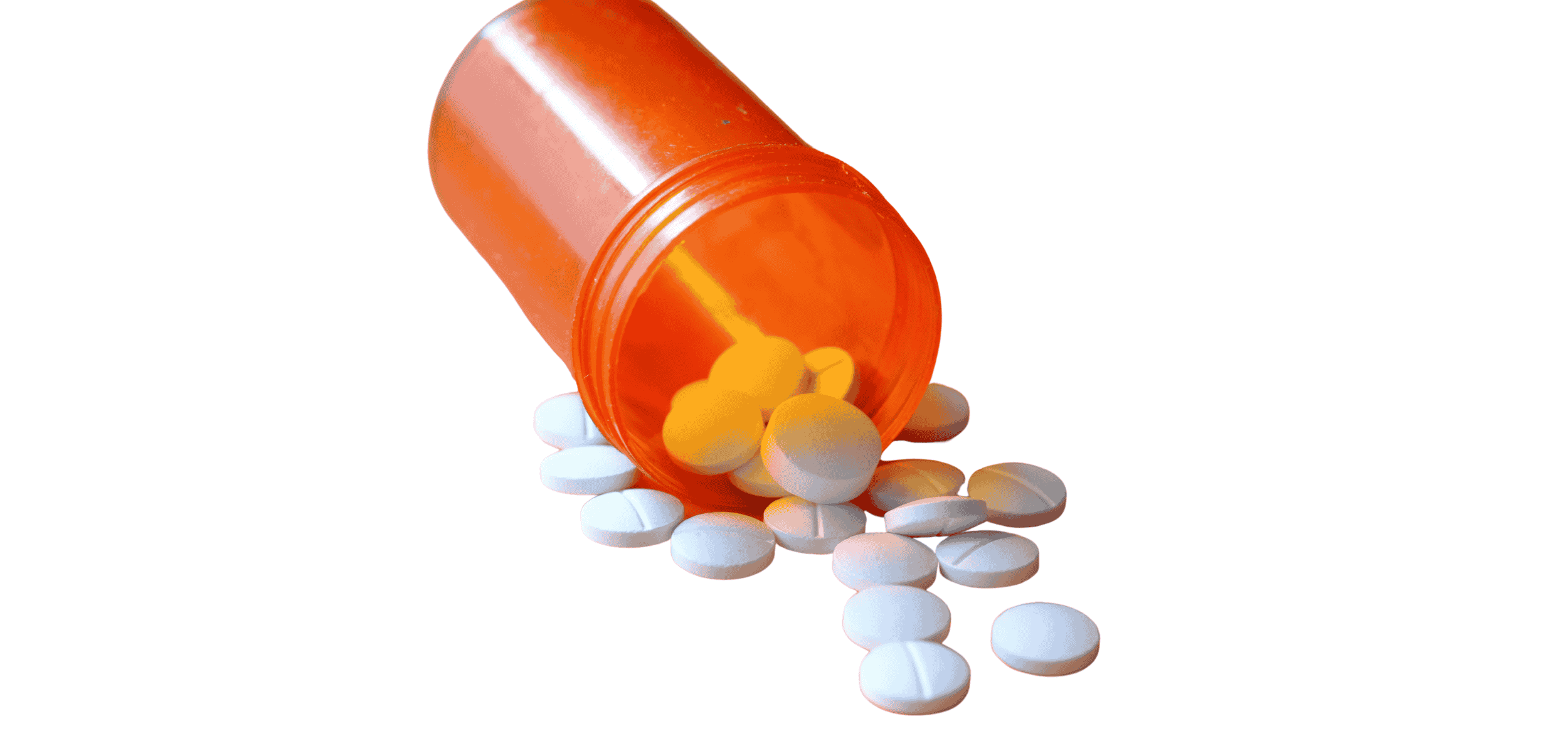
Our Solution | MelioOneⓇ
How is MelioOne® meant to work?
MelioOne® is being developed using a polymer-based technology that enables sustained, local release of the drug where inflammation in the uterus is expected. The planned dosage is equivalent to one 400 mg pain-reliever tablet per year. By delivering the drug locally rather than systemically, we aim to reduce systemic exposure that often accompanies oral pain medication.

Oral painkillers (NSAIDs)
NSAIDs (nonsteroidal anti-inflammatory drugs) like ibuprofen, naproxen, and diclofenac are widely used to manage period pain. By blocking prostaglandin production, they reduce uterine contractions and ease cramps. Clinical studies show they are effective, but oral dosing means the drug circulates through the whole body, exposing the stomach, liver, and kidneys to higher concentrations and raising the risk of side effects such as gastrointestinal discomfort or cardiovascular strain.
Intrauterine Devices (IUDs)
Intrauterine devices (IUDs) have been used for decades in contraception, with over 99% efficacy in preventing pregnancy. They are widely regarded as safe and reliable, and their key strength is longevity: once inserted, an IUD can remain in place for years with little patient effort. This long-acting format provides consistent local delivery, removes daily adherence issues, and offers convenience, making it a strong platform for new therapeutic applications beyond contraception.
How is MelioOne® different from existing IUDs?
Conventional IUDs are built for contraception.
MelioOneⓇ is not a contraceptive.
-
Use hormones to suppress the menstrual cycle to bypass period pain. They are effective; however, they are also associated with hormonal side effects such as ovarian cysts (12% of users), mood changes, hair loss, and weight gain.
-
They are the hormone-free version of IUDs. Designed for contraception and not period pain, as they’re linked to heavier bleeding (70%) and more cramping (60%).
-
Not a contraceptive. It is being developed to offer period pain relief. It is a non-hormonal, drug-eluting IUD intended to address inflammation at its source - the uterus.




